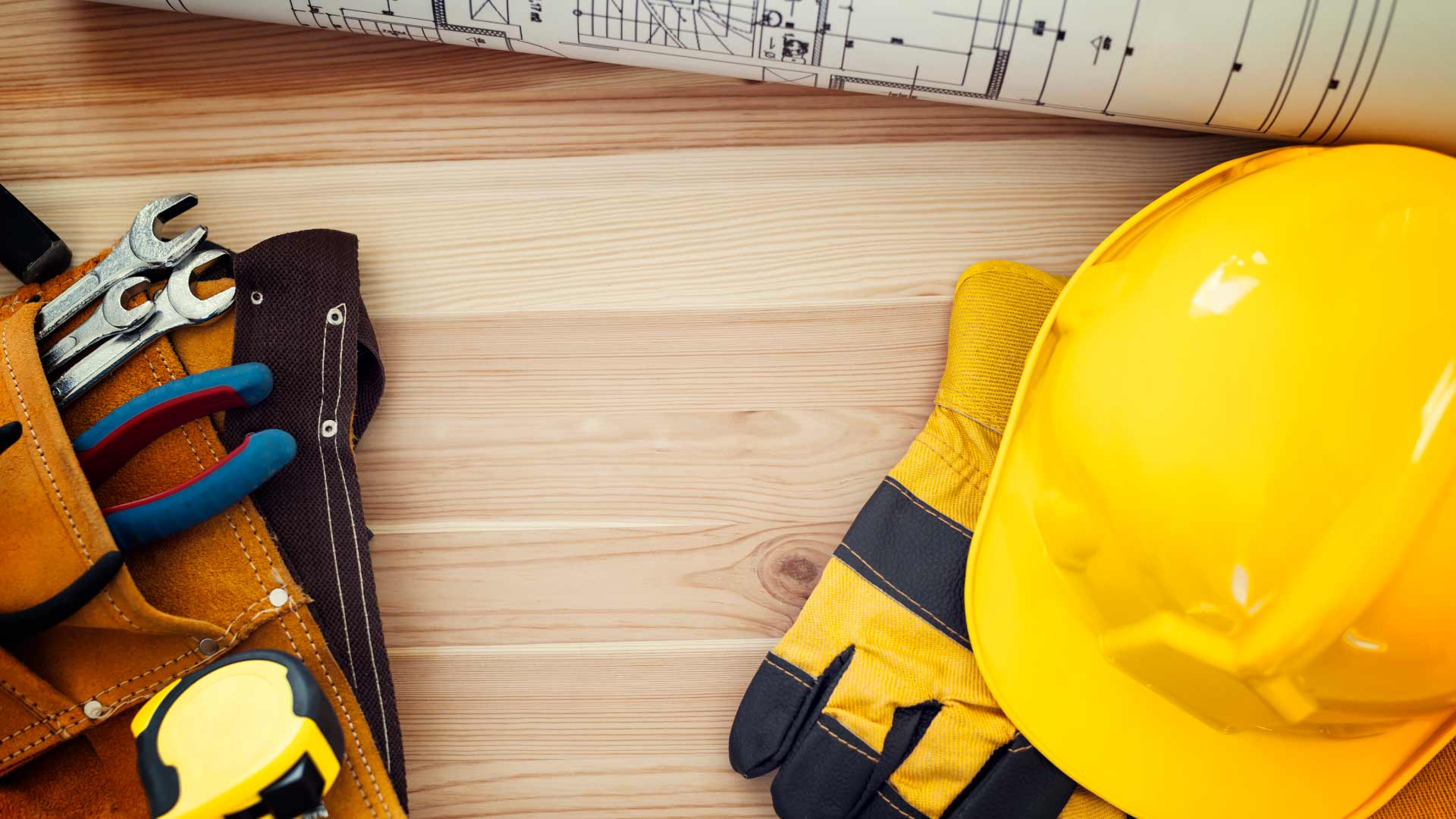The construction industry has advanced exponentially to a place where innovation and experimentation have opened new possibilities for the creative process. Materials and their multiple applications are certainly responsible for this new trend that has also reach the swimming pool construction business. This article aims to give an overview of the differences between some of the most known materials, their advantages, disadvantages, and most relevant features when it comes to home pool construction.
The current offer of materials on the market is wide enough to change the selection process from an aesthetic focus activity to a more complex and thoughtful exercise where quality and durability are some of the most significant factors in pool design. Understanding why seeking the right construction material will not only help the design in terms of safety but also could be economically efficient for the budget.
Here are the most common materials when building a pool:
Fiberglass
• Prefabricated pool. Most known for being a fast and easy option for installation. Not the best in terms of design
• Made out of a smooth gel coating surface for easy cleaning. This surface gives the pool extra protection from future damage and less maintenance.
• Fiberglass pools are the best option when it comes to price, but not about quality, especially without a proper installation process
• Sun exposure could cause topcoat damage and extra maintenance.
Vinyl Liner:
• Unlimited design options for customization. Not an abrasive material.
• Vinyl Liner could seem like a cheap-looking material for some customers who prefer a more aesthetic and refined pool design for their backyard.
• This kind of pool is not very durable in time. It could last between 6 to 12 years depending on the location area and the chemical use.
• The maintenance process is not very complex and only lasts a few days.
Concrete:
• Concrete pools are the most innovative and creative ones. This material offers an infinite number of possibilities for design thanks to its multiple qualities.
• Durable and adaptable at the same time regarding the structure, and also easily integrated with other materials for decorations purposes.
• It is the one with the highest price due to the installation method and materials on the construction. The building process takes longer than fiberglass and vinyl liner pools.
• Water quality in this type of pool is a very important factor for maintenance and avoiding stains on the surface over the years of use.
Location, temperature, and other environmental conditions could affect the different types of materials over time. Appearance could change besides various kinds of fungus are very likely to appear over the pool surface if it doesn’t get the correct maintenance. Thus, the right spot to build the pool is just as important as the choice of materials.
To conclude, there are multiple options of materials used for pool constructions available to buy in the market. Approaching the construction process of these outdoor structures with a material-centered vision will provide a better sense of how to design more safe, efficient, and aesthetic pools. This can also spark creativity in the whole project and get a better view of how to build a pool that suits the client’s taste and budget.
Finally, each type of material has its pros and cons. Being curious enough to look for a sufficient amount of information related to the construction project before it begins might give better guidance for every requirement of the pool design. As a result, every single detail developed will be in favor to keep up with the highest standards of quality, safety, durability, and hygiene despite the passage of time and allowing users to experience the most of the product.

